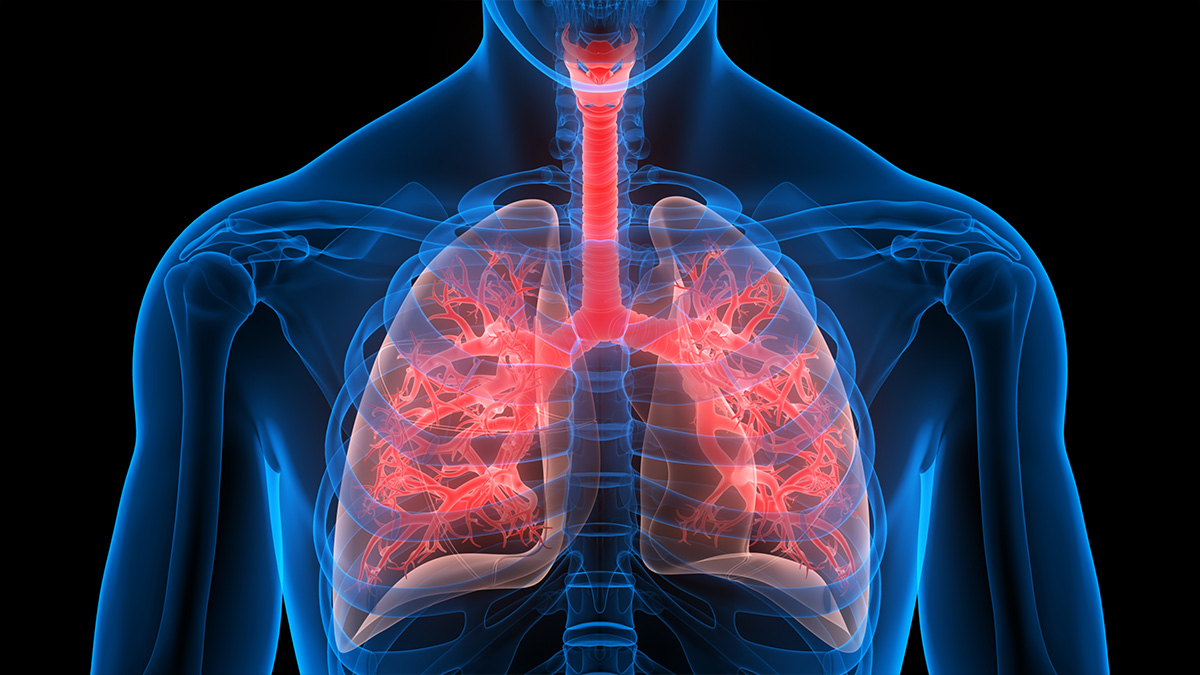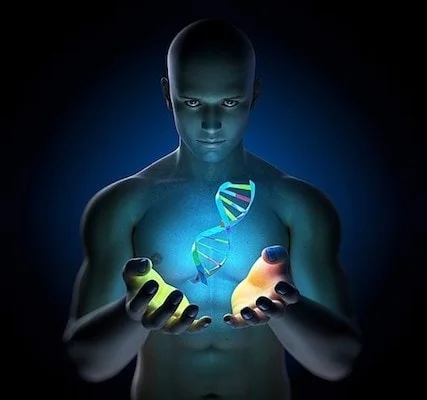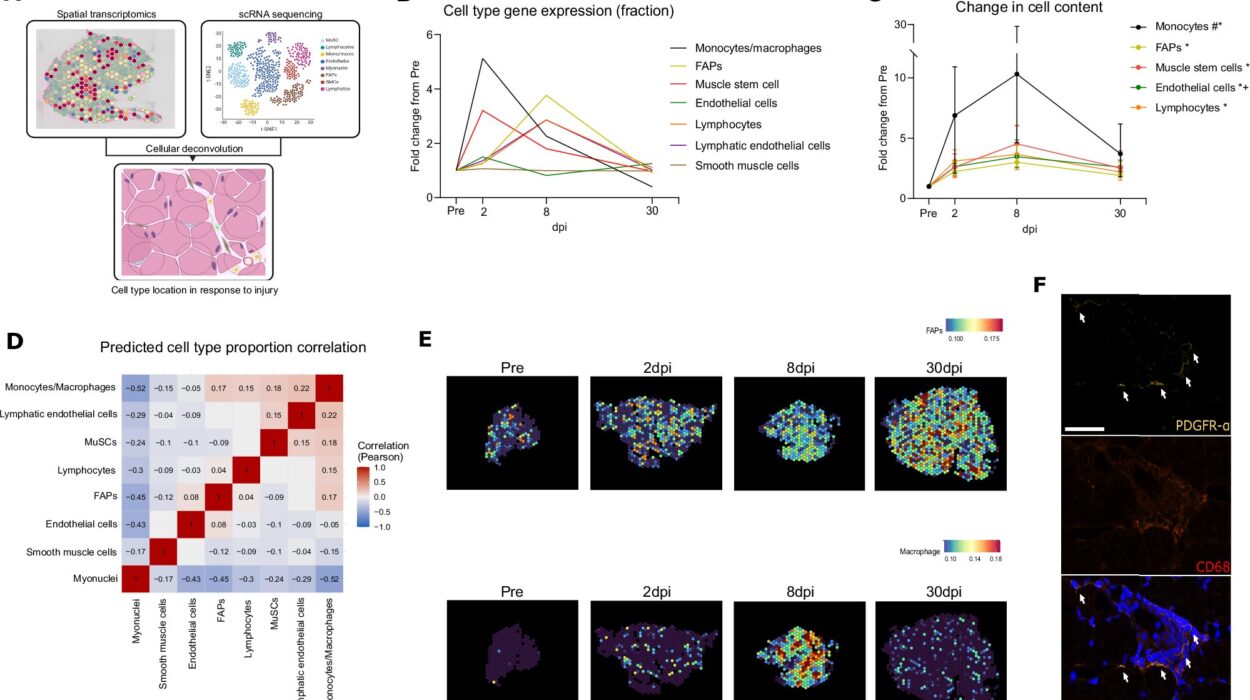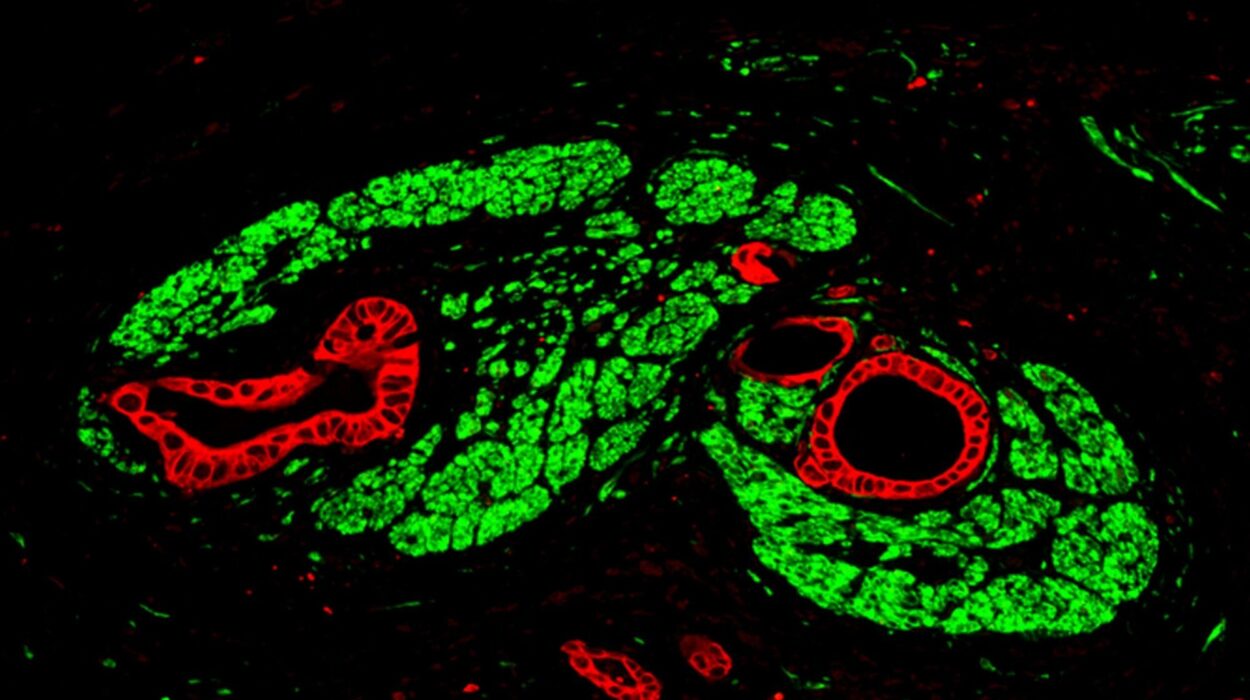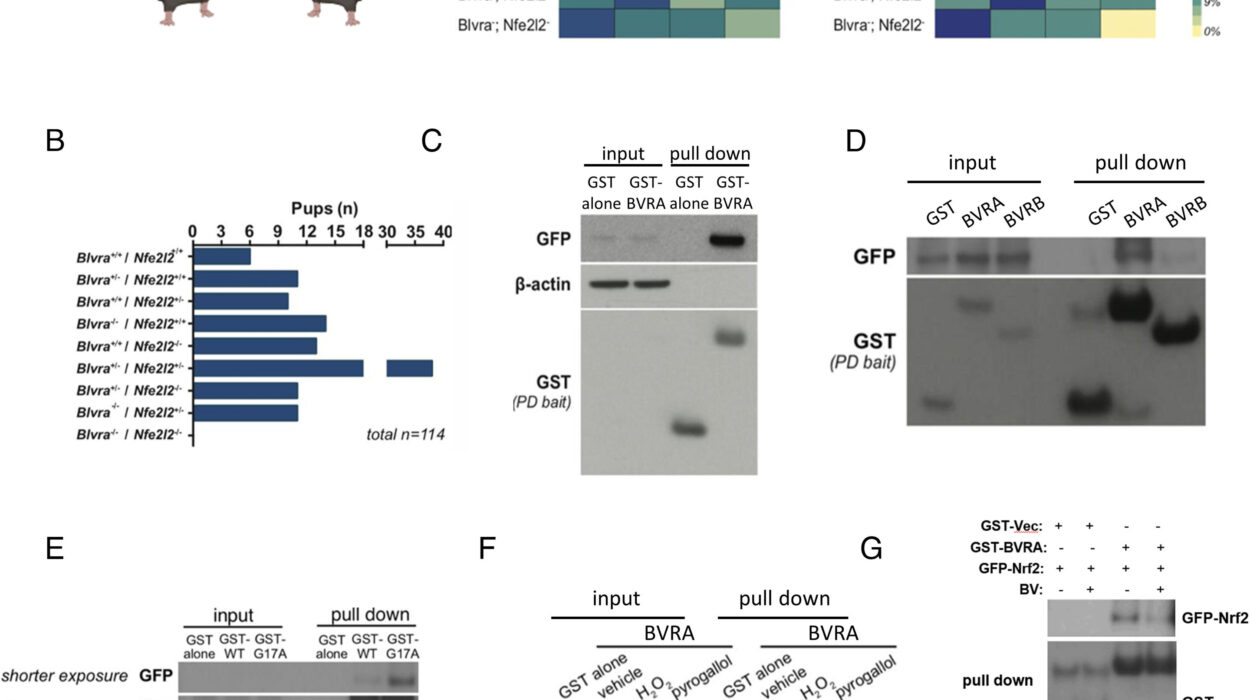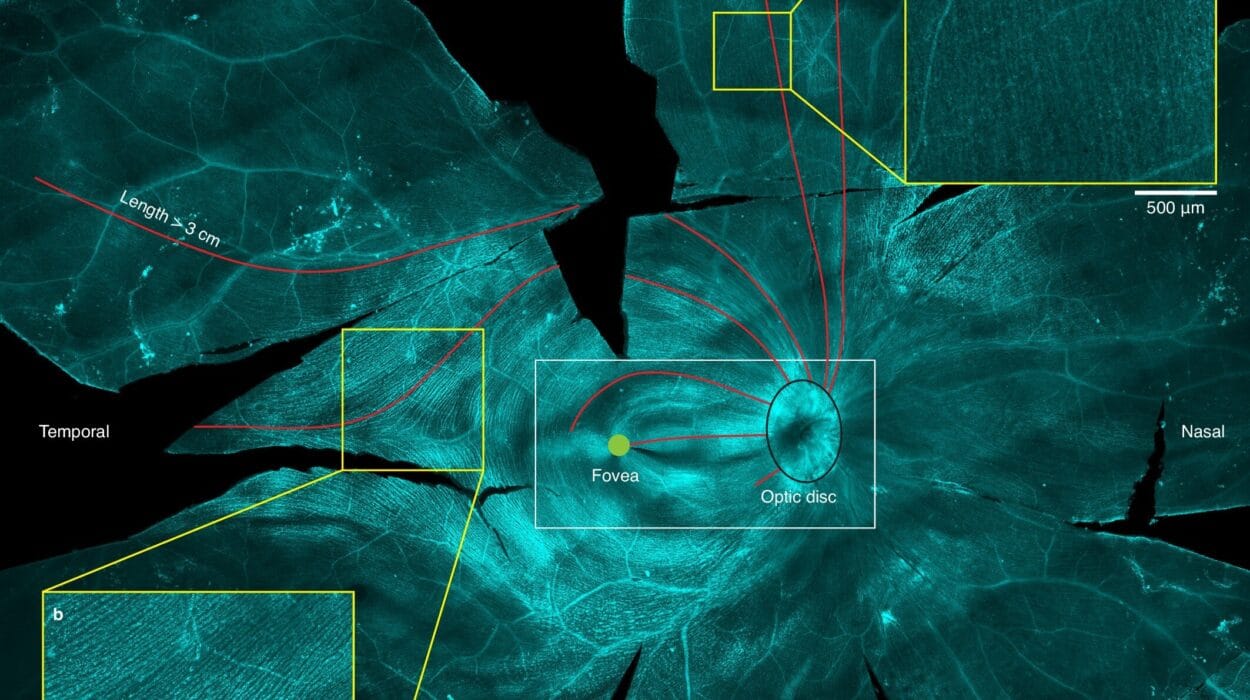Imagine waking each morning knowing that the simple act of breathing—something most people never think twice about—is a battle. Every inhale feels as if you are breathing through a straw clogged with honey. Every exhale is an exhausting effort. For people living with cystic fibrosis (CF), this is not metaphor—it is reality. A daily struggle fought not just with willpower, but with medication, therapy, and an indomitable spirit. Cystic fibrosis is not merely a respiratory condition. It is a genetic disease that touches nearly every system in the body and reshapes every part of life from infancy to adulthood.
Yet, in the midst of its overwhelming burden lies an astonishing story of medical discovery, genetic insight, and human perseverance. To understand cystic fibrosis is to explore the edge where biology meets bravery, where science meets suffering, and where the human spirit refuses to be suffocated.
The Mystery of Salty Skin and Failing Lungs
Cystic fibrosis begins long before a child ever draws a breath. It starts at the genetic level, with mutations in a single gene known as the cystic fibrosis transmembrane conductance regulator, or CFTR. This gene, located on chromosome 7, is responsible for producing a protein that helps regulate the flow of salt and water in and out of cells. When the CFTR gene functions properly, it maintains a delicate balance that keeps mucus in the body thin and free-flowing. But when the gene is faulty—a result of a mutation passed down from both parents—this balance breaks down.
Instead of the watery mucus that helps keep our lungs, pancreas, and other organs healthy, people with CF produce thick, sticky mucus. This sludge-like substance clogs airways, traps bacteria, and causes repeated lung infections that scar and damage lung tissue over time. It blocks ducts in the pancreas, preventing digestive enzymes from reaching the intestines, and interferes with the body’s ability to absorb nutrients. It also affects the liver, sinuses, reproductive organs, and even the sweat glands—where excess salt loss leads to the telltale “salty kiss” that often clues in observant parents or doctors.
The disease was long a medical mystery. Ancient medical texts from Europe and the Middle East include cryptic references to infants with “salty skin” or babies who failed to thrive and died young without explanation. In many cultures, there was a superstition: a child who tasted salty when kissed on the forehead was “cursed.” It wasn’t until the twentieth century that medicine began to decode this curse and discover the biology behind it.
A Genetic Inheritance with Devastating Consequences
To inherit cystic fibrosis, a person must receive two copies of the defective CFTR gene—one from each parent. People who carry just one copy are known as carriers. They typically have no symptoms, but they can pass the gene on to their children. If both parents are carriers, each child has a 25% chance of having CF, a 50% chance of being a carrier, and a 25% chance of inheriting neither mutation.
Because the gene is recessive, CF often surprises families. Two seemingly healthy parents, with no idea they are carriers, give birth to a child who begins to show unusual symptoms—persistent coughing, difficulty gaining weight, frequent lung infections. A diagnosis of cystic fibrosis often brings shock, fear, and a whirlwind of questions. How did this happen? What does it mean? What can be done?
In the United States, approximately 30,000 people live with CF, and about 1,000 new cases are diagnosed each year. Globally, it affects tens of thousands, though rates vary by population. It is most common among people of Northern European descent, though it occurs in all racial and ethnic groups.
The War in the Lungs
The lungs are where cystic fibrosis wages its most visible and destructive war. Healthy lungs rely on a thin layer of mucus to trap dust, bacteria, and other particles, which are then swept away by tiny hair-like structures called cilia. But in CF, the mucus becomes so thick and sticky that it clogs the airways and disables the cilia.
Bacteria that would ordinarily be cleared away begin to multiply and settle in, triggering inflammation and infection. Over time, repeated infections cause scarring, called bronchiectasis, and gradual loss of lung function. The result is a cycle that becomes increasingly hard to break: thick mucus leads to infection, infection causes damage, damage makes it harder to clear mucus, and the cycle begins again.
People with CF often experience chronic coughing, wheezing, shortness of breath, and fatigue. In severe cases, lungs become so compromised that patients require supplemental oxygen or even lung transplantation.
Yet amidst this devastation, science has brought powerful weapons. Antibiotics, airway clearance therapies, inhaled medications, and specialized devices have significantly improved lung health. Still, for many, the lungs remain the most fragile battleground.
The Silent Struggle in the Gut
Cystic fibrosis is often thought of as a lung disease, but in truth, it is just as much a digestive disease. The pancreas, an organ that secretes enzymes to digest food, becomes clogged with thick mucus, leading to a condition called pancreatic insufficiency. Without these enzymes, fats and proteins are poorly absorbed, leading to malnutrition, poor growth, and vitamin deficiencies.
For decades, children with CF struggled to gain weight, even when eating high-calorie diets. Their bodies simply couldn’t extract enough nutrients from food. Today, pancreatic enzyme replacement therapy allows them to digest food more effectively, and with nutritional support, many children now grow up strong and well-nourished.
The liver can also be affected. Mucus can block bile ducts, leading to liver damage, fibrosis, or cirrhosis. The intestines, meanwhile, can become obstructed by thickened stool—a condition known as meconium ileus in newborns or distal intestinal obstruction syndrome (DIOS) in older children and adults.
The gastrointestinal aspects of CF are quieter than the lung issues, but no less serious. Managing nutrition, enzymes, and hydration becomes a daily task—an invisible burden carried with stoicism by those who live with the disease.
Diagnosis in the Modern Era
Not so long ago, many children with cystic fibrosis were not diagnosed until they became seriously ill. The disease might not reveal itself fully for months or years. Today, that landscape has changed. Newborn screening for CF is now routine in many countries, allowing for earlier diagnosis and intervention. A sweat test, measuring the salt content in a baby’s perspiration, remains the gold standard for confirming the disease. Genetic testing can identify mutations in the CFTR gene and even inform treatment options.
Early diagnosis has changed everything. Babies now start enzyme therapy, airway clearance, and nutritional support in the first weeks of life. This proactive approach has added decades to life expectancy and drastically improved quality of life.
Yet diagnosis brings with it an emotional toll. Parents must suddenly learn an entirely new language—enzymes, nebulizers, vest therapy, FEV1 scores. They must advocate for their children, navigate health systems, and often take on the roles of nurses, pharmacists, and physical therapists. The impact of CF is not just biological. It is emotional, financial, and social.
Growing Up with CF: Childhood and Adolescence
For a child with cystic fibrosis, life is anything but ordinary. Daily routines include chest physiotherapy—often using a mechanical vest that shakes the chest to loosen mucus—nebulized medications, pills with every meal, and constant vigilance against germs. School days begin with treatments, and social life is shaped around hygiene and hospital visits.
Despite this, many children with CF lead joyful, active lives. They play sports, attend school, form friendships, and dream about the future. They learn resilience at a young age, facing medical challenges that most of their peers never consider. But adolescence brings new complexities. As CF progresses, lung function may decline. Treatment burdens increase. Issues of independence, body image, and relationships become more intense when overlaid with a chronic disease.
A unique and heartbreaking aspect of CF is the infection control policy that prevents people with CF from being near one another. Because they are susceptible to certain dangerous bacteria that can be passed from one person with CF to another, guidelines recommend they stay at least six feet apart. This isolation can be emotionally painful. In a world where peer support is vital, CF patients often live without the comfort of truly knowing someone who shares their day-to-day experience.
Breaking the Genetic Code: The Era of Precision Medicine
For decades, treatment for cystic fibrosis focused on managing symptoms—clearing mucus, fighting infections, and improving nutrition. But in recent years, the scientific world has witnessed a revolution: therapies that correct the underlying genetic defect.
The discovery of the CFTR gene in 1989 opened the door to targeted treatments. In 2012, a drug called ivacaftor became the first approved therapy to address the malfunctioning protein in a subset of CF patients. It was a breakthrough unlike anything before—a medication that didn’t just treat symptoms, but actually fixed the defective protein in certain mutations.
Since then, a class of drugs called CFTR modulators has transformed the landscape. The most advanced, a combination therapy called Trikafta (elexacaftor/tezacaftor/ivacaftor), is effective for around 90% of CF patients. For those eligible, it dramatically improves lung function, reduces hospitalizations, and enhances quality of life.
For many, this is nothing short of miraculous. Adults who once faced declining health now experience newfound energy. Children on modulators grow taller, gain weight, and enjoy a degree of normalcy that was previously unimaginable.
Yet this progress brings new challenges. Not all mutations respond to modulators. The drugs are extraordinarily expensive. And long-term effects remain unknown. The CF community now faces a dual reality—unprecedented hope for some, and continued waiting for others.
Life Expectancy and the Shifting Horizon
Once considered a terminal childhood disease, cystic fibrosis is now a condition where the average life expectancy has risen dramatically. In the 1950s, children with CF rarely lived past elementary school. By the 1980s, survival into the teens and early adulthood was becoming more common. Today, many people with CF live well into their 40s, 50s, and beyond, especially those benefiting from CFTR modulators. Some are getting married, pursuing careers, and even having children of their own—milestones that were once deemed impossible.
This increase in longevity has transformed how the world sees cystic fibrosis and how individuals with CF plan for their lives. Adult care centers, once almost nonexistent, are now an essential part of the CF infrastructure. The focus has expanded from childhood development to adult wellness, family planning, and aging with a chronic illness. With longer life spans come new questions: How does CF impact pregnancy? How does long-term medication use affect other organs? What happens when a person with CF reaches retirement?
Despite progress, CF remains life-limiting. Lung damage accumulates over time, even with the best care. Complications from liver disease, diabetes (a common side effect of CF), and other issues can emerge later in life. Still, the future has never looked brighter. For many with CF, there is finally the hope of living not just longer, but better.
The Emotional Landscape of Living with CF
The physical demands of cystic fibrosis are relentless, but the emotional toll is equally profound. Every person with CF walks a tightrope between health and illness, hope and uncertainty. For children, this often means feeling different—excluded from sleepovers or parties due to infection risks, bound to treatment schedules that limit spontaneity. For parents, there is the constant vigilance and anxiety, the drive to advocate, and the deep, aching hope for a cure.
Adolescents and adults with CF must grapple with complex feelings: anger, isolation, determination, fatigue. Depression and anxiety are common and understandable. A life dictated by health status, lab numbers, and pulmonary function tests can make identity and autonomy feel elusive. Relationships may be strained by hospitalizations and physical limitations. The knowledge that your life might be shorter than your peers’ casts a long shadow, even in moments of joy.
And yet, the CF community is resilient beyond measure. Patients, caregivers, and clinicians have created a global support network. Online forums, social media, and telehealth have enabled connection even when in-person contact is discouraged. Advocacy organizations amplify voices, raise awareness, and drive research forward. There’s laughter in hospital rooms, love in families, and dreams in the hearts of people who refuse to be defined by a diagnosis.
The Role of Caregivers: Champions Behind the Curtain
Behind every child or adult with CF stands an army of caregivers—often unseen, but absolutely essential. Parents become medical coordinators, mastering complex regimens of medication, therapies, insurance battles, and dietary planning. Siblings learn to be patient and compassionate, often taking on more than their fair share of household responsibilities. Spouses and partners rise to the challenge of loving someone whose health can shift dramatically, whose future is uncertain.
Caregivers live with a delicate balance of fierce advocacy and gentle support. They celebrate each gain—an ounce of weight gained, a stable lung function test, a week without a cough. And they bear witness to each setback with grace and strength. Burnout is common, but so is a sense of mission. In the world of cystic fibrosis, caregivers are not just helpers—they are heroes.
Medical professionals, too, are part of this web of care. CF doctors, respiratory therapists, dietitians, social workers, and nurses form tight-knit teams that often follow patients for decades. The relationships formed between providers and patients in the CF world are deep and lasting, rooted in mutual respect and shared goals.
Innovation and Advocacy: Fueling the Fight
The story of cystic fibrosis is a testament to the power of scientific curiosity and persistent advocacy. The discovery of the CFTR gene in 1989 was one of the first milestones in modern genetics. It opened the door to targeted treatments and gave researchers a tangible enemy to fight. But that discovery alone wasn’t enough. It was the relentless efforts of patient families, nonprofits like the Cystic Fibrosis Foundation (CFF), and research scientists that turned gene knowledge into drug development.
The Cystic Fibrosis Foundation pioneered a venture philanthropy model that helped fund biotech companies willing to work on CF treatments—at a time when many pharmaceutical companies considered the disease too rare to be profitable. This model led directly to the development of CFTR modulators, including the breakthrough drug Trikafta. What began as grassroots fundraising—bake sales, walkathons, and school events—ultimately shaped one of the most successful rare-disease research efforts in history.
Advocacy remains central to CF progress. Awareness campaigns educate the public and dismantle misconceptions. Legislative lobbying pushes for access to medications, affordable care, and disability rights. And global partnerships aim to extend breakthroughs to countries where resources are scarce and CF is still poorly understood or treated.
Global Disparities: A Tale of Two Realities
In high-income countries like the United States, Canada, and much of Europe, people with cystic fibrosis benefit from comprehensive care teams, advanced diagnostics, and cutting-edge therapies. Newborn screening ensures early detection. Health insurance and nationalized health systems provide some degree of access to medications, though cost remains a concern even in wealthy nations.
But the reality is drastically different elsewhere. In many parts of Asia, Africa, and Latin America, CF is underdiagnosed and undertreated. Newborn screening is rare, access to medications is limited, and cultural awareness of the disease is low. Many children die before they are ever correctly diagnosed. Others live without the medications, enzymes, or equipment that could transform their quality of life.
Global health advocates argue that the next frontier in CF care must be equity. The disease may be rare, but every life matters. Expanding genetic screening, training healthcare providers, and subsidizing lifesaving therapies are urgent goals. As the global community begins to consider CF not just as a Western disease, but as a worldwide challenge, a new generation of partnerships and policies is emerging to address this vast inequality.
The Hope of a Cure
For decades, “finding a cure” was a phrase filled with both longing and skepticism. Today, it is a real possibility. Research into gene therapy—the idea of replacing or repairing the faulty CFTR gene—has accelerated in recent years. Scientists are exploring CRISPR technology, lipid nanoparticles, mRNA delivery, and viral vectors to deliver healthy CFTR genes to affected cells. Clinical trials are already underway, and while challenges remain (particularly in delivering genes to the lungs and avoiding immune system rejection), the momentum is undeniable.
In parallel, researchers are studying nonsense mutation therapies for patients who don’t respond to current modulators. These include drugs designed to read through premature stop signals in the CFTR gene, effectively bypassing the genetic error and producing a working protein. Advances in stem cell therapy and regenerative medicine also hint at a future where damaged tissue might be repaired or replaced.
A cure, when it comes, will not erase the struggles of the past. But it may one day offer children born with CF a life unshackled from disease. A life where breathing is effortless, not hard-won.
Conclusion: The Will to Breathe Freely
Cystic fibrosis is a disease of contradictions. It is invisible and yet all-consuming. It steals the breath but inspires breathtaking strength. It isolates, but also unites. It demands extraordinary courage from ordinary people—children who rise each morning to face another treatment, parents who persist through exhaustion, scientists who search through genetic code for a solution, and a global community that refuses to accept defeat.
To understand cystic fibrosis is not just to study biology. It is to witness the power of human tenacity, the genius of science, and the resilience of families who love fiercely. It is to see life lived not in the absence of struggle, but in triumph over it.
The story of CF is still being written, one breath at a time. And with every breakthrough, every act of compassion, and every discovery, we move closer to a future where cystic fibrosis is not a life sentence, but a chapter in medical history.
